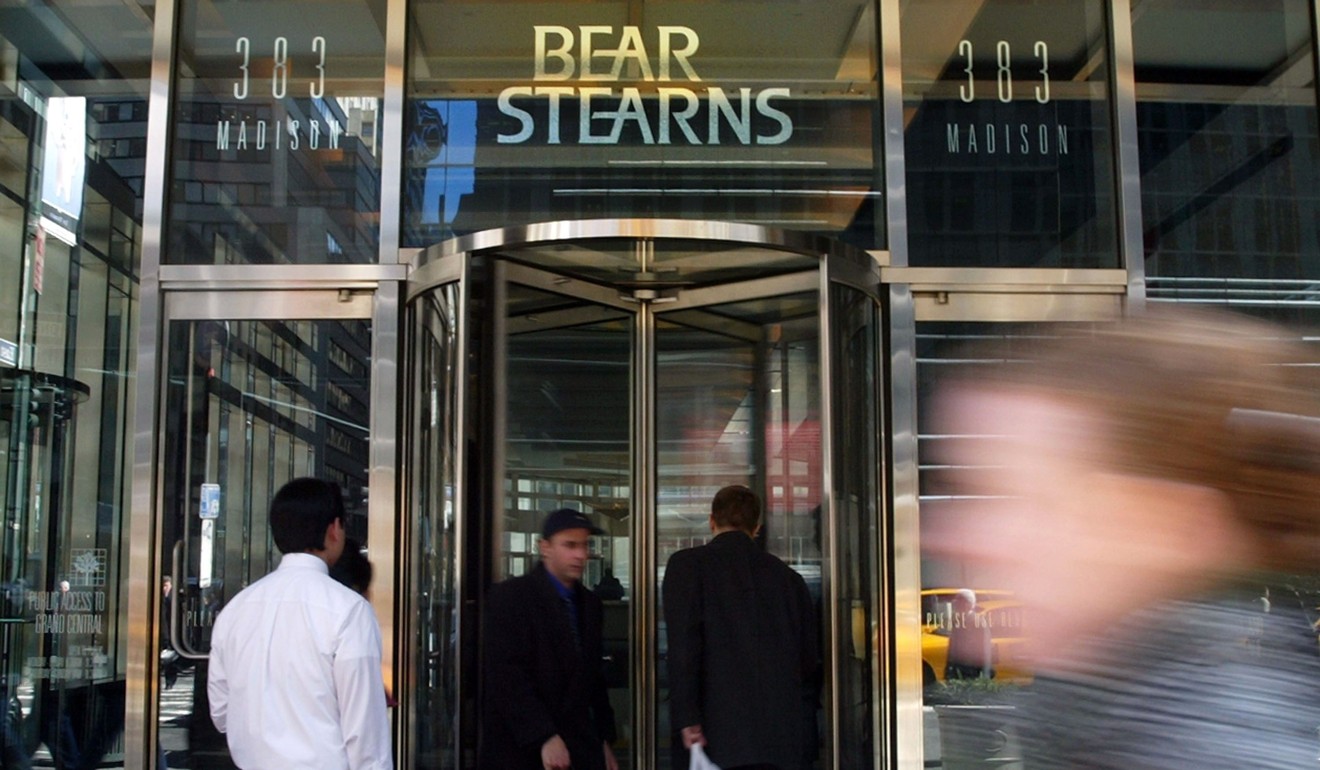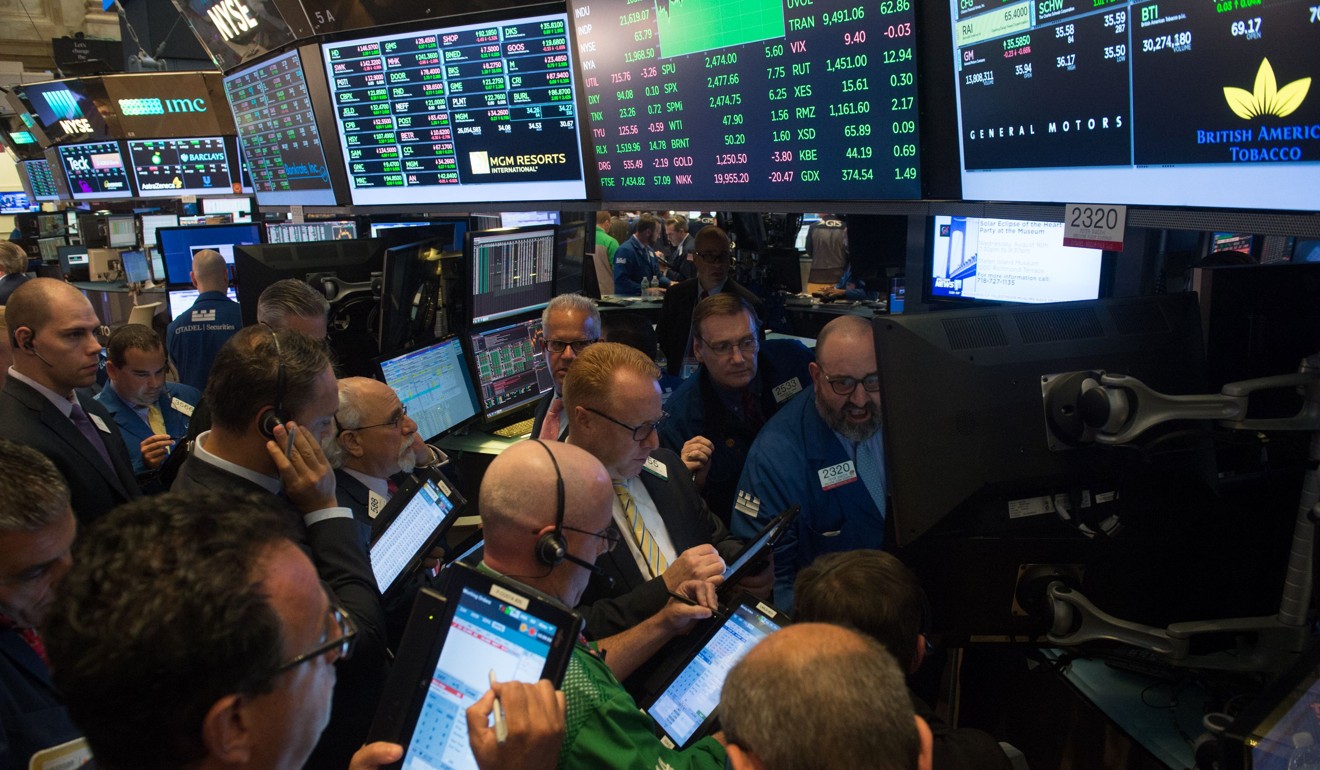
How to survive the coming stock market storm
‘The old poem of the markets used to be ‘sell in May and go away’. For now, a new mantra for this year might be ‘strong markets in July, but a third quarter gives pain, on that you can rely, but return in November again’
It is three full years since I wrote about the seven-year itch in these columns. Sadly, it was nothing to do with the breathless rise of Marilyn Monroe’s skirts blown by the draught of a street-level grill. It was more to do with the close-to-seven-year cycle of market peaks – 1965, 1973, 1981, 1987, 1994, 2000 and 2007; that lasted half a century.
Three years later, it is now 10 years since the global financial crisis and I am periodically following those events in real time, in the hope that maybe we can spot signs that will help us predict the next crash.
In July 2007, I recall being increasingly aware of large, but not household-name, mortgage companies admitting that they were in a spot. Signs of stress were emerging. Freddie Mac, the US Federal Home Loan Mortgage Corp, had announced that it would no longer buy the most risky subprime mortgages and mortgage-related securities.
New Century, a leading subprime mortgage lender, had gone bust and Countrywide Financial Corp, the big daddy of dodgy lenders, had warned us of “difficult conditions”. As professional investors, we were telling our clients that the mighty US economy would take this mainly Southern states proclivity to lend money to impecunious homeowners, without missing a step.
A month earlier, Standard & Poor’s and Moody’s Investors Service, the rating agencies that had done so little to highlight the exploding burden of poor-quality debt, finally bit the bullet and downgraded more than 100 bonds backed by second-layer subprime mortgages. Many of these were credit rated at so-called sovereign quality, AAA, the best you can get – which gullible fund managers had bought for their pensioner-clients. Six weeks later, they put a further 612 securities on their watch list. It was a time where the process, designed to increase financial security, took over and made the financial world substantially less safe.

It is unbelievable to think that 10 years (less three days) ago today, Bear Stearns first “gated”, then took the extreme action of liquidating its flagship mortgage-backed securities product, the “High-Grade Structured Credit Strategies Enhanced Leveraged Master Fund”. One of many similar funds with fine names, which, when printed in capitals, made it appear a safe bet.
This was a sign of impending crisis. Bear was a big, blue-blooded name, established in 1923, that survived the Wall Street crash without laying off a single person and was listed by Fortune magazine as the “most admired” securities firm. At the same time as the mist of greed was blinding their MBA-burdened executives.
We are not on the slippery slope. There are few impending unforeseen bankruptcies, no signs of a worsening of the global economies. Indeed, the European economies seem strong and the US economy has been strong for years – despite what the Federal Reserve thinks. Emerging markets are displaying growth at a reasonable pace. The bull market has extended a full three years past its natural lifespan and shows no sign of weakening.

We know that it cannot carry on forever – but it can carry on for a while yet. Financial markets and real estate assets are undoubtedly expensive, fed by a decade of unreasonably low interest rates forced on us by the Fed. The markets are on government life support; and the longer unreasonably low rates continue, money will be borrowed, and the deeper the pain when it is time to deleverage.
Prices have moved away from the reality of fundamental economics and require a short-term pullback to bring them in line. “Plus ça change, plus c’est la même chose” – “The more things change, the more they stay the same”. This time, it is different but in the same way as it was different last time, but if tradition is maintained, a pullback, not a crash, should hit us sometime this quarter after the trader’s return from holiday.
Three years ago, Wall Street had seen maybe 50 new highs in a year. We are now well into the hundreds. Three years ago, I predicted that the big crash would come in 2018. I still have time to be right – though low interest rates should keep things going till 2019 or 2020. We could even see a 14-year itch twice as bad as a seven-year one.
The old poem of the markets used to be “sell in May and go away”. For now, a new mantra for this year might be “strong markets in July, but a third quarter gives pain, on that you can rely, but return in November again”.
Richard Harris is a veteran investment manager, banker, writer and broadcaster – and financial expert witness

